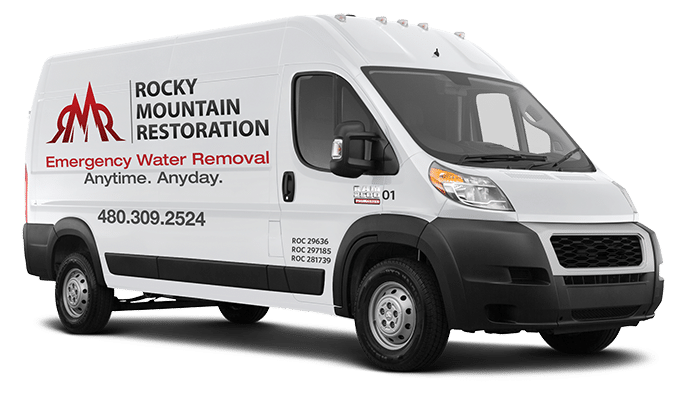Did you know that mold from water-damaged ceilings can harm your health? It can cause respiratory problems and asthma. A 2004 study by the Institute of Medicine found that indoor mold can be harmful. This shows how serious water damage on a ceiling is.
Water damage on a ceiling can show up in many ways. You might see brown spots, peeling paint, or damp patches. These signs are not just about looks; they can mean serious problems like mold and weakening of the structure.
Spotting water damage early is key. If you ignore it, mold can grow. This can make the air inside your home unhealthy and cause health problems. In bad cases, it can even lead to lung damage.
Key Takeaways
- Ceiling water damage can lead to significant health risks, including respiratory illnesses and asthma.
- Common signs of ceiling water damage include brown spots, peeling paint, damp patches, and mold growth.
- Early identification and action are crucial to preventing more extensive damage and higher repair costs.
- Mold growth from water-damaged ceilings can lead to serious health issues, including hypersensitivity pneumonitis.
- Professional mold remediation is recommended to mitigate health risks and prevent further damage.
Common Causes of Water Damage on Ceilings
Water damage on ceilings often comes from natural disasters like storms and hurricanes. Heavy rains can weaken roofs, letting water through to the ceiling.
Clogged gutters are another big problem. They can cause water to leak into houses, damaging ceilings. Leaves or debris in gutters can make them overflow, directing water towards the house.
Condensation from air conditioning units can also cause ceiling damage. This happens when drainpipes or drain pans get clogged. AC unit leaks are often missed until the damage is severe. Leaky pipes can also cause ceiling damage if they start to seep water. It’s important to keep these pipes in good condition.
Fire sprinkler systems, meant to keep us safe, can sometimes malfunction. This can lead to water damage on ceilings. It’s important to check these systems regularly.
- Roof leaks from damaged shingles are the most common cause of ceiling water damage in homes.
- Slow leaks leading to yellowish-brown water stains are a typical sign of water damage on ceilings.
- Issues such as leaks from worn caulking in bathrooms or around sinks can cause ceiling damage below.
Signs of water damage include brown patches, moldy patches, and water beads along walls. These signs mean water is spreading from the ceiling. If ignored, peeling wallpaper and detached trims can happen, making the problem worse.
Ceiling water damage can be dangerous, like water in electrical wiring, which can cause fires. Leaking ceilings can also lead to puddles on the floor, which is a slip and fall hazard. Quick action is needed to prevent more damage and mold. Getting help from professionals can ensure the problem is fixed right.
How serious is water damage on a ceiling?
Water damage on a ceiling can lead to big problems. It can turn small cosmetic issues into major structural issues. For example, mold can start growing in just 24 hours after water damage.
This shows how fast mold can spread. It’s important to act quickly when you see signs like discolored spots, peeling paint, or sagging ceilings. These signs mean there’s a bigger problem that needs to be fixed right away.
Fixing ceiling water damage requires a few steps. First, you need to find and fix the leak. This might mean fixing your roof, cleaning out gutters, or fixing plumbing issues.
After fixing the leak, you have to remove damaged materials and dry out the area. This is key to stopping mold and keeping your ceiling strong.
If the damage is really bad, like with a lot of standing water, or if the water is dirty, get help from a pro. Experts use special tools to check if everything is dry. They also use big dehumidifiers to get rid of moisture.
Ignoring water damage can cause big problems. It can make your home less efficient and cost more to heat and cool. It can also make electrical wiring dangerous, leading to fires.
Worst of all, ignoring water damage can cause your ceiling to collapse. This can damage your home a lot. So, it’s very important to fix ceiling water damage right away to keep your home safe and sound.
Conclusion
Understanding water damage on a ceiling is key for homeowners. It can harm your home’s structure and health risks from mold. Signs like water stains, sagging, and cracks mean you have a problem.
Ignoring these signs can lead to bigger issues and higher costs. Fixing problems like leaky roofs or broken pipes quickly is important. This helps prevent more damage.
Being quick to act is essential in managing ceiling water damage. Knowing the causes and how to fix them helps keep your home safe. Taking action fast keeps your home safe and healthy for everyone living there.













